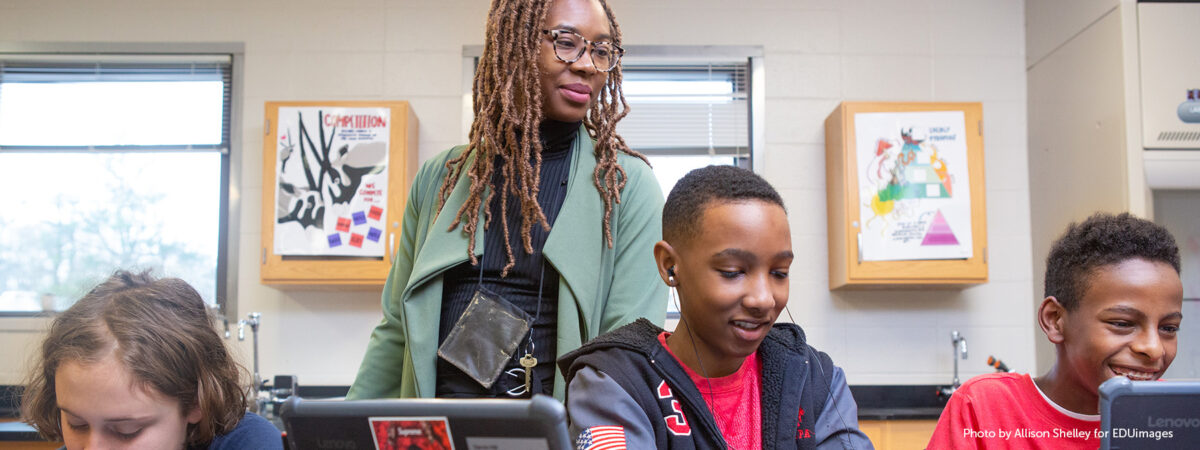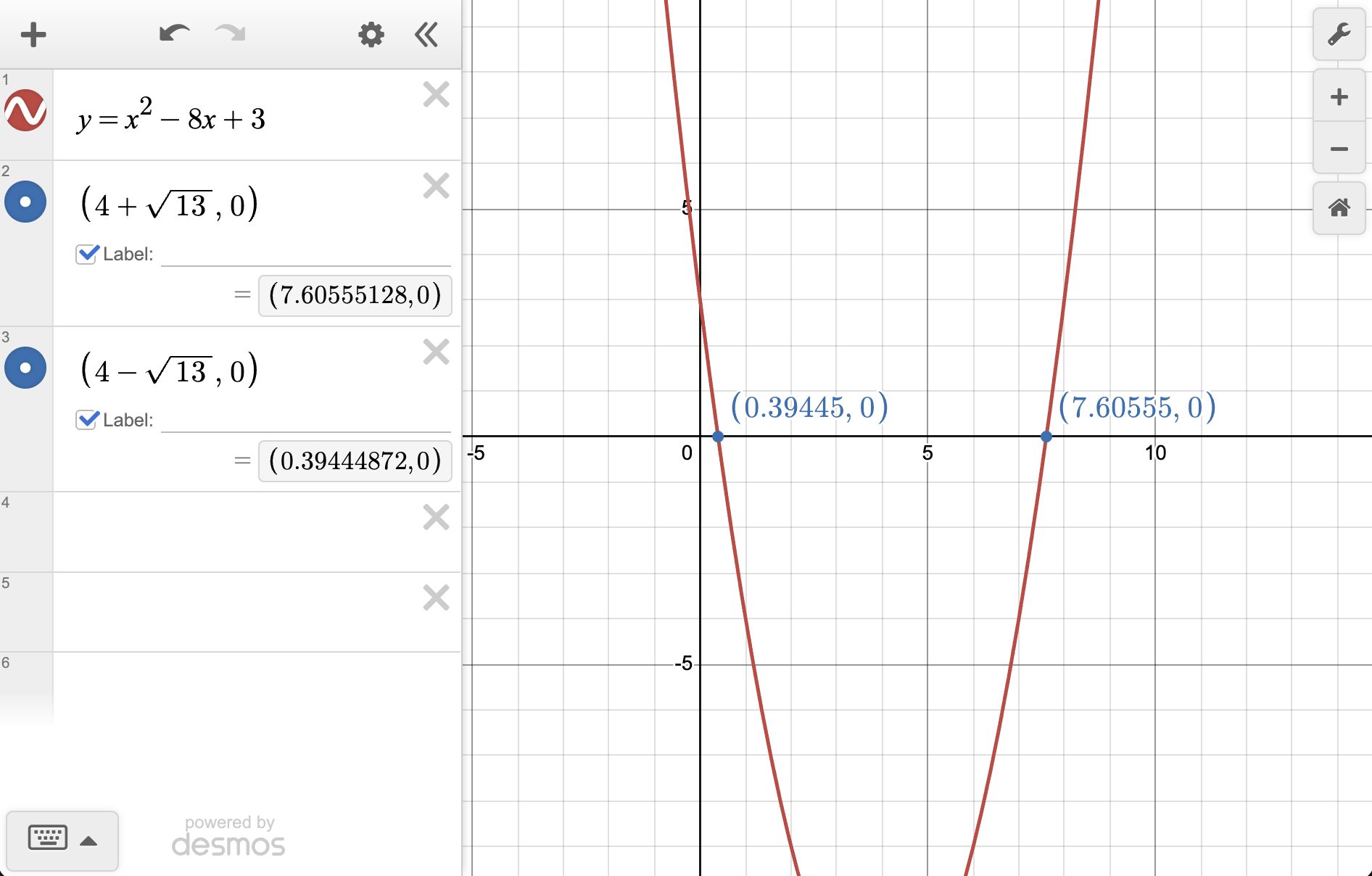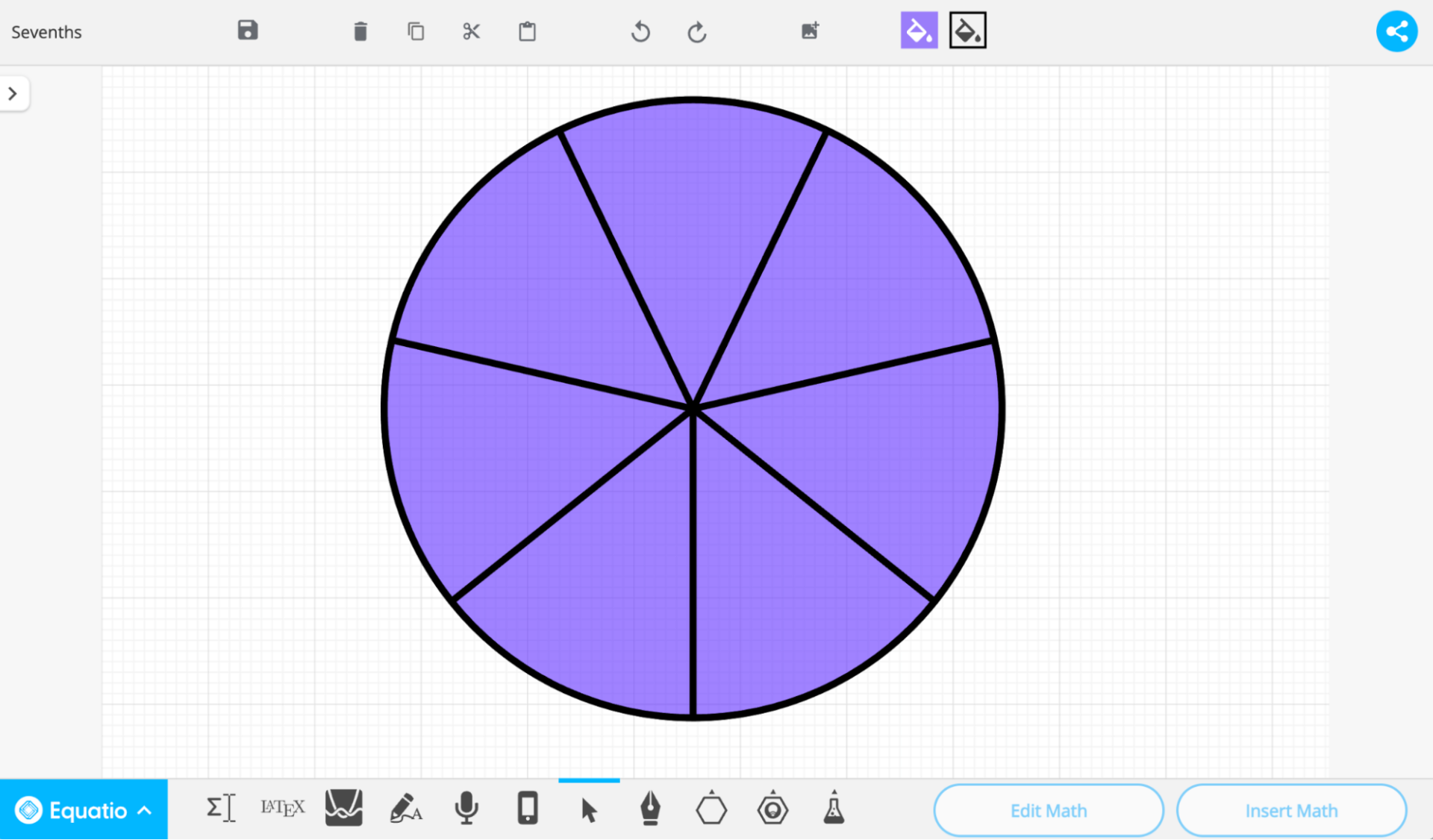
Equatio is one such tool that allows learners to create math in its different forms—such as equations, graphs, diagrams, or other mathematical representations—and insert their work into digital platforms like Google Docs or a learning management system.
Digital Promise partnered with Equatio in a Research-Practice-Industry Partnership (RPIP), which brought together math education researchers, teachers, students, and Equatio’s developers in a collaborative research and development process. This collaboration led to discussions about whether pencil and paper or digital authoring tools are more effective for math learning.
For teachers and students who are wondering how to choose and use the right tools to support math learning, let’s look at what both of these tools have to offer.
The Universal Design for Learning guidelines emphasize the need for learners to have options for expression. This is especially true in math, which uses specialized symbols, diagrams, and other representations, like the symbol for square root or a graph on a coordinate grid. When students learn mathematics, they learn not only how to make sense of mathematical representations, but also how to communicate their own thinking with these representations. Learning how to do mathematics and learning how to communicate mathematics are essentially the same cognitive process.
Both pencil-paper and Equatio can help learners communicate mathematics; learners can use both tools to create equations, produce diagrams, and build graphs, among other mathematical representations.
Research suggests writing by hand can help learners organize their thinking or improve retention when taking notes. Several of our teacher partners mentioned that pencil and paper can be easier for learners to use than digital tools, because learners are already familiar with how to use them.
However, there are disadvantages to a pure pencil-paper approach. Multiple teachers mentioned legibility as a challenge, and research also shows paper and pencil can be inaccessible for many students, including those with dysgraphia.
Teachers also shared that pencil and paper can make certain math tasks more difficult—for example, dividing a circle into equal sevenths or plotting a point with an irrational number by hand are challenging with only paper and pencil.
With a digital “pencil and paper” option, Equatio doesn’t replace a pure pencil and paper approach, but rather goes beyond it to provide more options—and more accessibility—for learners to develop and share their mathematical thinking.
Digital environments can make these tasks simpler and more accurate, reducing the cognitive load of writing by hand. For example, learners can use Equatio’s Desmos graphing tool to quickly create a graph with the exact location of the zeroes of a quadratic function. Learners can also use Mathspace, an open environment in Equatio for creating in 2D space, to automatically divide a circle into seven equal parts. Both of these features were widely used and appreciated by our teacher and student partners.

Equatio’s Desmos graphing tool showing the zeroes of a quadratic function

Fraction circles in Equatio Mathspace
However, in some cases, digital environments can be a barrier. For example, it is difficult to produce exponents or fractions in digital environments and specialized symbols may not be easy to locate.
To address these difficulties, developers of Equatio included a prediction feature in their equation editor. Learners can simply type the name of the symbol or equation they’d like to use—for example, “dist” for the distance formula—and Equatio will automatically produce the equation. This prediction feature reduces barriers and offers learners flexibility in response and navigation. It was a favorite among teachers and students, because “if you don’t know how to make a symbol, [you can] start typing it in words.”
Equatio also has a whiteboard environment that allows users to draw or write on screen. One student partner appreciated “the ease with which you can just freehand draw anything you need.” In fact, digital pencils can play an important role in enhancing learners’ math outcomes, particularly for learners with learning disabilities.
With a digital “pencil and paper” option, Equatio doesn’t replace a pure pencil and paper approach, but rather goes beyond it to provide more options—and more accessibility—for learners to develop and share their mathematical thinking.
The best approach for math instruction is the one that offers learners options for communicating and learning math in ways that work for them. Pencil-paper and digital math authoring tools both provide ways to communicate mathematics in its different forms. However, with its alignment with Universal Design for Learning guidelines, digital math authoring tools like Equatio offer multiple means of communicating, going beyond what pencil and paper can offer.
Learn more about this Research-Practice-Industry Partnership and how we’re working together to make math more accessible.